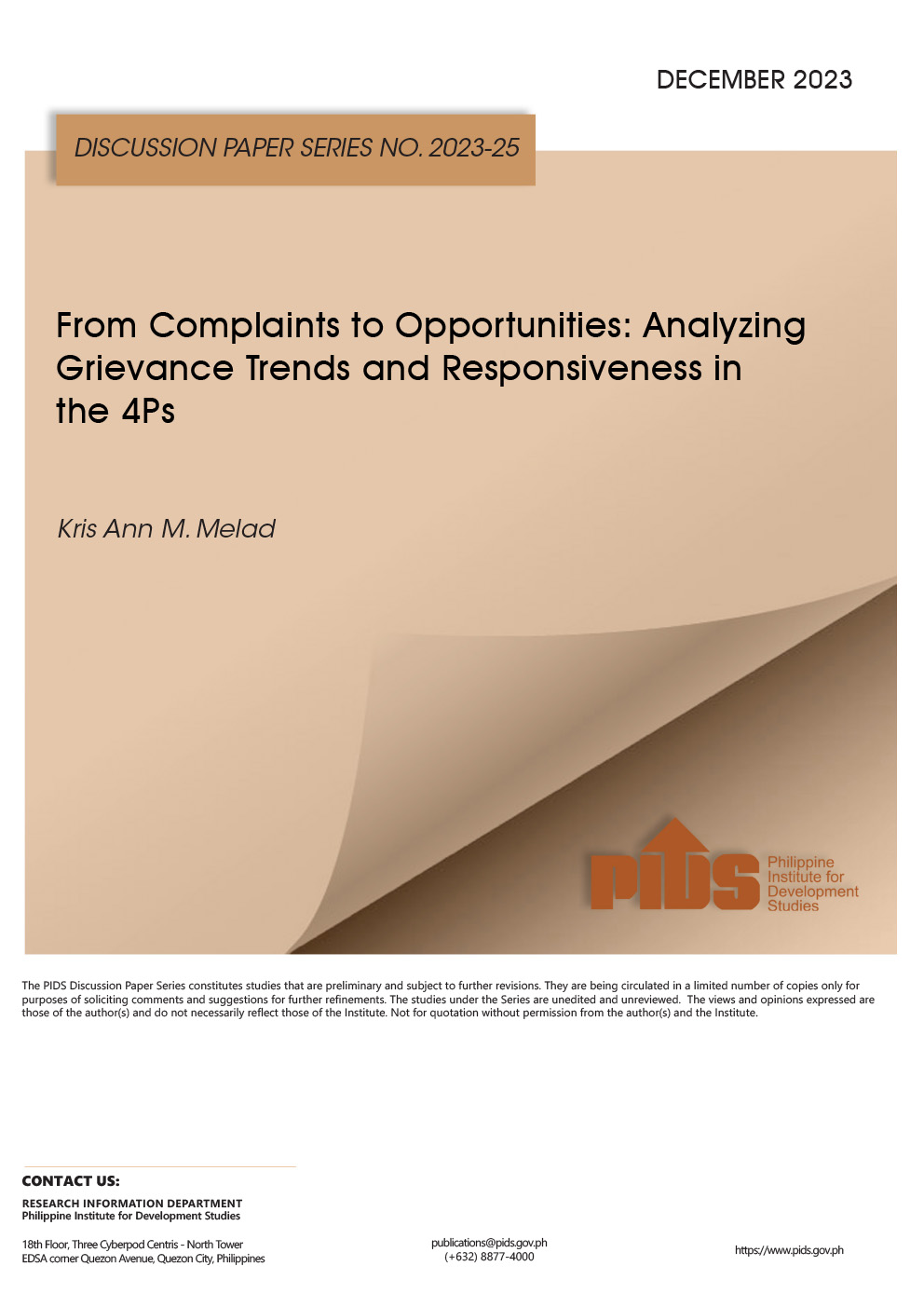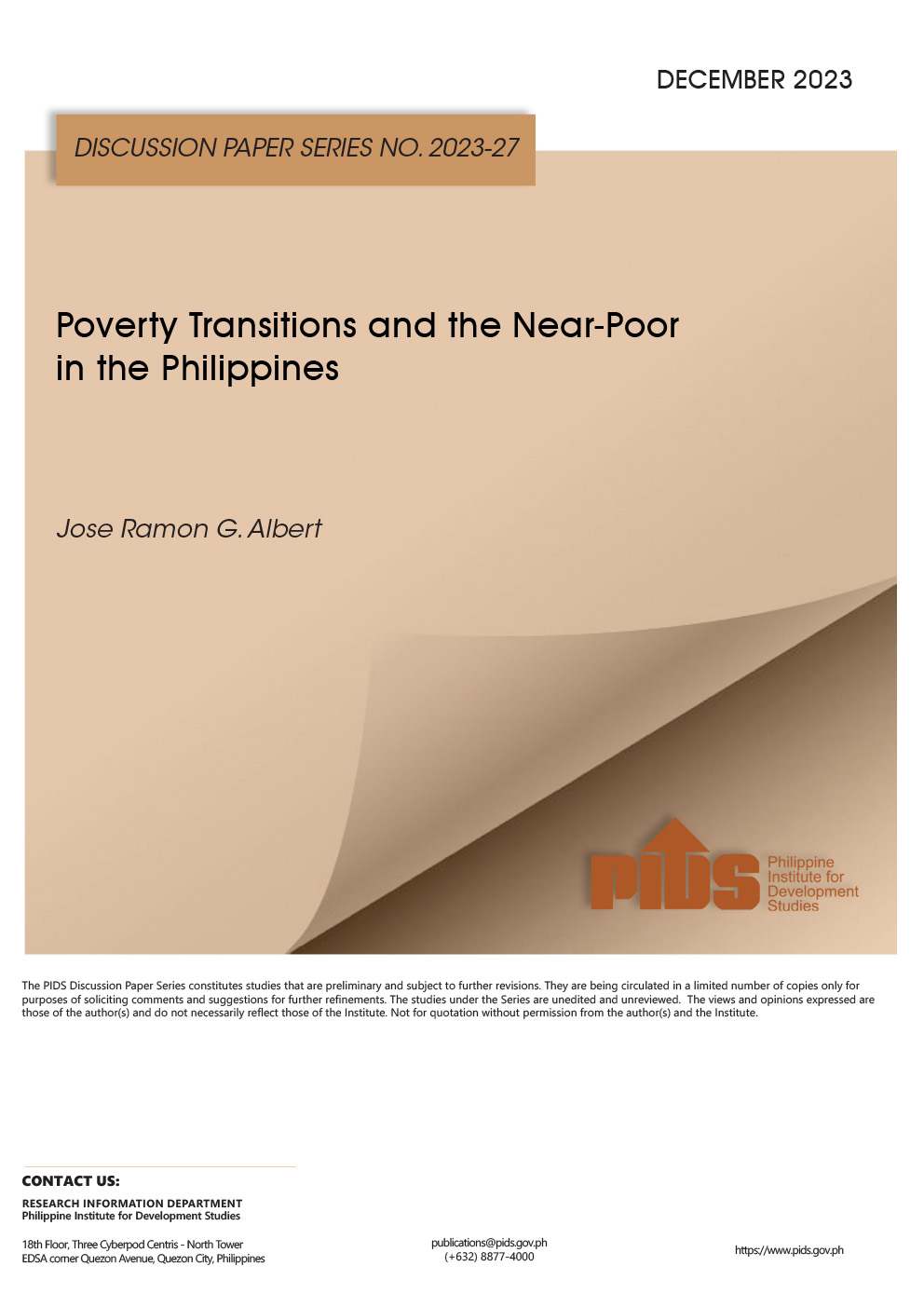Now it can be told.
The basis of the government’s announcement to extend the enhanced community quarantine (ECQ) until April 30 to address the spread of the 2019 novel coronavirus disease pandemic was hinged on evidence-based forecasts of possible cases and scenarios on Covid-19’s spread in the country.
The technology used was the Web-based Feasibility Analysis of Syndromic Surveillance using Spatio-Temporal Epidemiological Modeler (FASSSTER), a disease surveillance platform that uses deterministic compartmental modeling.
“[The] data generated from FASSSTER were used by the Inter-Agency Task Force [IATF] in their recommendations and the government’s decision to extend the [ECQ] until April 30,” a news statement from the Department of Science and Technology-Philippine Council for Health Research and Development (DOST-PCHRD) disclosed.
The data were culled from “health capacity and economic models” developed by volunteers from Asian Institute of Management and the Philippine Institute of Development Studies, the DOST-PCHRD news release added.
“Data generated from this technology allows policy-makers to understand the pandemic at the national, regional and local levels; assess the effects of the preventive measures in place; and use best practices in specific communities,” the same news statement read.
FASSSTER was developed by Ateneo Center for Computing Competency and Research of Ateneo de Manila University, in collaboration with the University of the Philippines Manila-National Telehealth Center and the Department of Health-Epidemiology Bureau. It was funded by the DOST-PCHRD.
Forecast of cases
When increasing infections of Covid-19 hit the country, FASSSTER determined appropriate model parameters that can be used to forecast future numbers of infections, confirmed positive cases, deaths and recoveries.
Its dashboard generates disease models that enable users to project the effect of interventions—such as community quarantine, social distancing and optimal testing—on the total number of confirmed cases, deaths, and recoveries over time, the news release said.
Another feature of FASSSTER to address Covid-19 is the “TanodCovid,” a self-reporting application. It enables constituents to report Covid-19 related symptoms to their local health authorities.
The data will then fed into the FASSSTER local government unit (LGU) dashboard, which serves as a tracker for confirmed cases upon validation of Provincial/City/Municipality Epidemiology Surveillance Units. This will be useful in contact tracing and monitoring identified contacts to ensure that they are appropriately quarantined and managed, the DOST-PCHRD said.
Covid-19 scenarios
Considering the initial interventions and precautionary measures implemented against Covid-19, FASSSTER estimates the number of confirmed positive cases in the National Capital Region.
“Data gathered enabled the FASSSTER team to generate models to predict the peak number of cases and peak dates in four scenarios,” the news release said.
“The tool showed that the peak will reach around 2 million confirmed Covid-19 cases on May 30 if no ECQ was implemented,” the news statement read.
If, however, ECQ is lifted on April 14, with health capacity at 25 percent, cases will be slightly reduced to 1.5 million on July 31.
If the health capacity is increased to 50 percent, at the same lift date, a huge decline in confirmed cases is predicted, which is will reach 15,000 on May 4.
The last scenario showed that cases will drop to 6,800 on May 21 if the ECQ is lifted on April 30, provided that the health system capacity reaches 75 percent.
Health system capacity can be explained by two factors: a) testing capacity, or the availability of test kits, testing centers with quantitative polymerase chain reaction machines, trained health workers to perform testing, and turnaround time of test results; and b) health management capacity, or the availability of health facilities, medical devices and health workers to manage the confirmed positive cases so that they are isolated and given proper medical care.
Peak date is the day with the highest number of cases. The projected maximum number of active confirmed positive cases for the duration of the outbreak is referred to as the “peak of active confirmed cases.”
Peak date is an important factor for epidemiologists in assessing the spread of the virus since an epidemic start to decline after the peak date.
The goal of the government is to “flatten the curve,” or to take the necessary preventive measures, before hospitals and other health-care facilities are overburdened with positive cases.
Besides these data, FASSSTER is also able to project the number of people who will be: exposed, symptomatic and asymptomatic infectious, confirmed positive cases, recovered, deaths, and projected mild, severe and critical cases, the news statement read.
“With these projections, the extension of the enhanced community quarantine was approved by President Duterte to provide ample time for the different agencies to strengthen the capacity of the health system against the pandemic,” it added.
The initial forecast shows the level of the country’s health systems capacity in containing and managing the infection.
It also highlighted the need to increase the number of quarantine facilities, implement stronger health-care programs and regular assessment of health capacities, which are now being implemented by IATF and some local government units.
Disease modeling is an iterative process. As data comes in, the model will be updated to reflect the latest projections, where performance can be measured and decisions on planned interventions is driven by science, the DOST-PCHRD said.
FASSSTER than Covid-19: The science used to forecast pandemic in PHL











